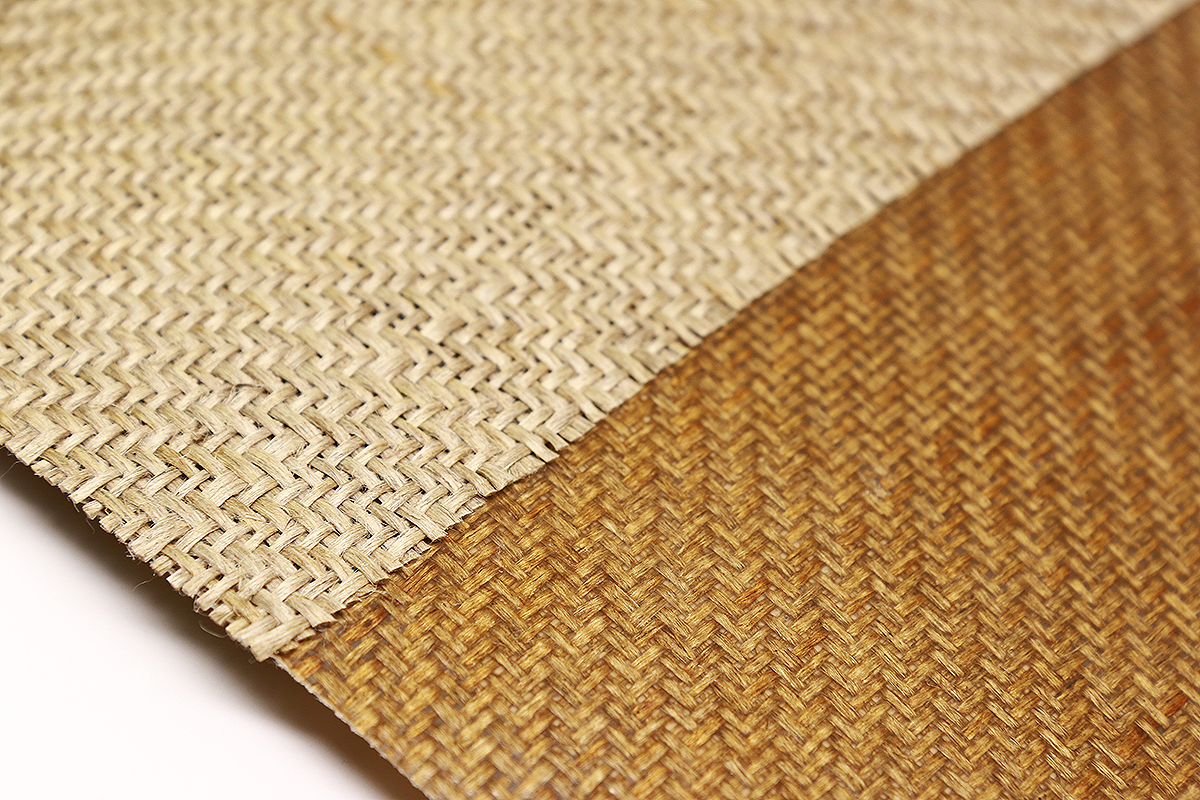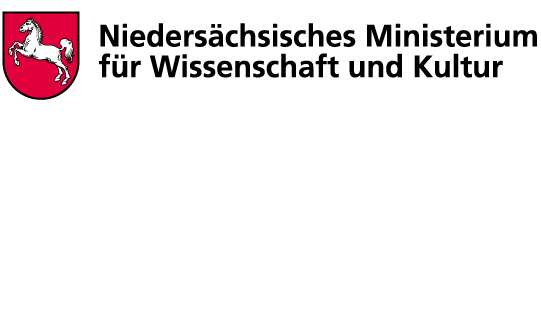InnoBOB:
Bio-based organic sheets with increased thermal stability and water resistance for lightweight construction
Organic sheets made from fiber-reinforced plastic can be formed using processes similar to those applied in steel- or aluminum-sheet processing. Until now, primarily glass fibers – as well as carbon or aramid fibers and petrochemical plastics – have been utilized for production. In collaboration with the Institute for Bioplastics and Biocomposites (IfBB) at Hannover University of Applied Sciences and Arts, we are developing a sustainable and competitive alternative: bio organic sheets made from natural fibers and bioplastics with improved material properties and a high level of recyclability. Diverse products could thereby become more sustainable - including vehicles, housings, cladding and sports equipment. Thanks to the good availability of inexpensive raw materials, bio organic sheets also have strong market potential.

From a technical point of view, renewable raw materials offer a number of advantages. Natural fibers such as flax or hemp fibers dampen sound and vibrations better than carbon fibers. In addition, they do not cause skin irritation during processing. Their lesser tendency to splinter can also help reduce the risk of injury in the event of accidents.
However, when incorporated into fiber-reinforced plastics, natural fibers also create technical problems. We want to solve these within the framework of the project.
1. Improvement of the thermostability
Natural fibers are less temperature-stable than synthetic fibers. At high processing temperatures, fiber degradation can occur. This means that the fibers begin to decompose, which then leads to a loss in stiffness. Adhesion problems between the natural fiber and the biopolymer matrix can also occur. In order to avoid this, we combine the natural fibers with low-melting biopolymers and apply thermostabilizers. Furthermore, we optimize the temperature control during the manufacturing and processing procedure. Simultaneously, the natural coloring of the natural fibers can be largely preserved. This is due to the fact that excessive temperatures and long processing times would darken (roast) the natural fibers.
2. Improvement of the water resistance
Natural fibers are “hydrophilic”, which means that they absorb water. This has an effect on the fiber-matrix adhesion and dimensional stability. Components must permanently retain their shape and dimensions during use - under different loads and to varying degrees depending on the application. The moisture absorption of the plastic matrix and the embedded fibers plays a major role here. In order to make the natural fibers more hydrophobic, we chemically modify their surfaces.
Using the optimally matched biopolymers and modified natural fibers, we produce organic sheets and process them into molded parts by means of standard pressing and forming technology.
In order to test and evaluate the recyclability of the bio organic sheets, we carry out mechanical recycling tests and assess the suitability of the recyclates recovered in this way for injection molding.
An accompanying Life Cycle Assessment of the utilized raw materials, processes and products in comparison to existing reference systems enables a transparent sustainability assessment.
Last modified:
 Fraunhofer Institute for Wood Research
Fraunhofer Institute for Wood Research 

